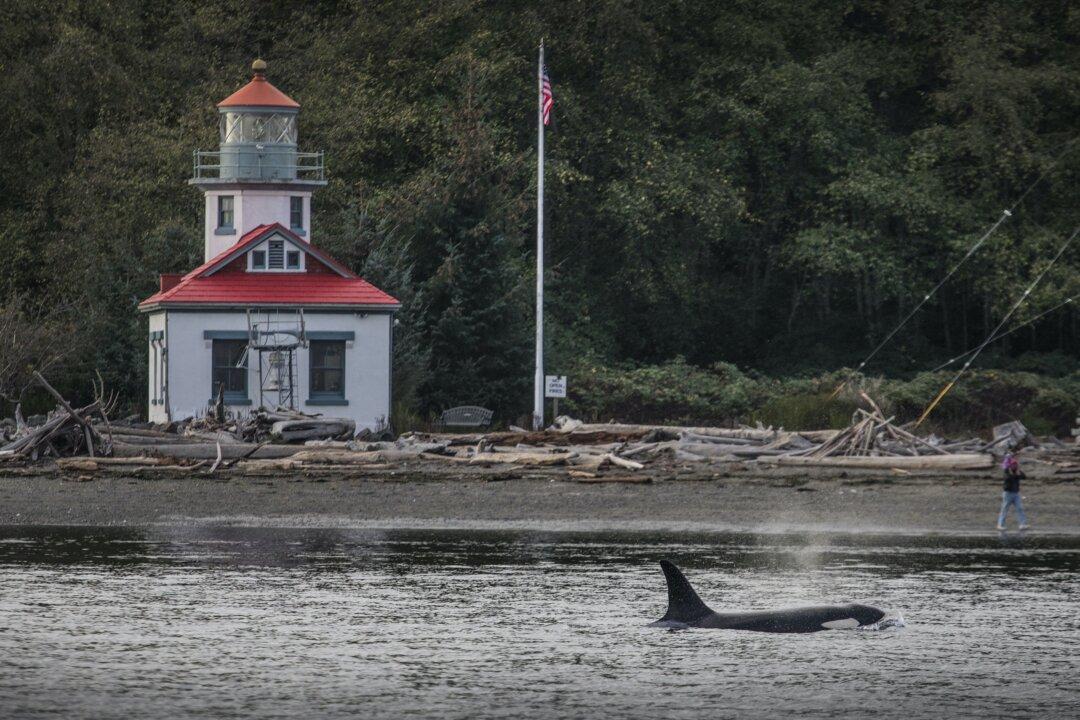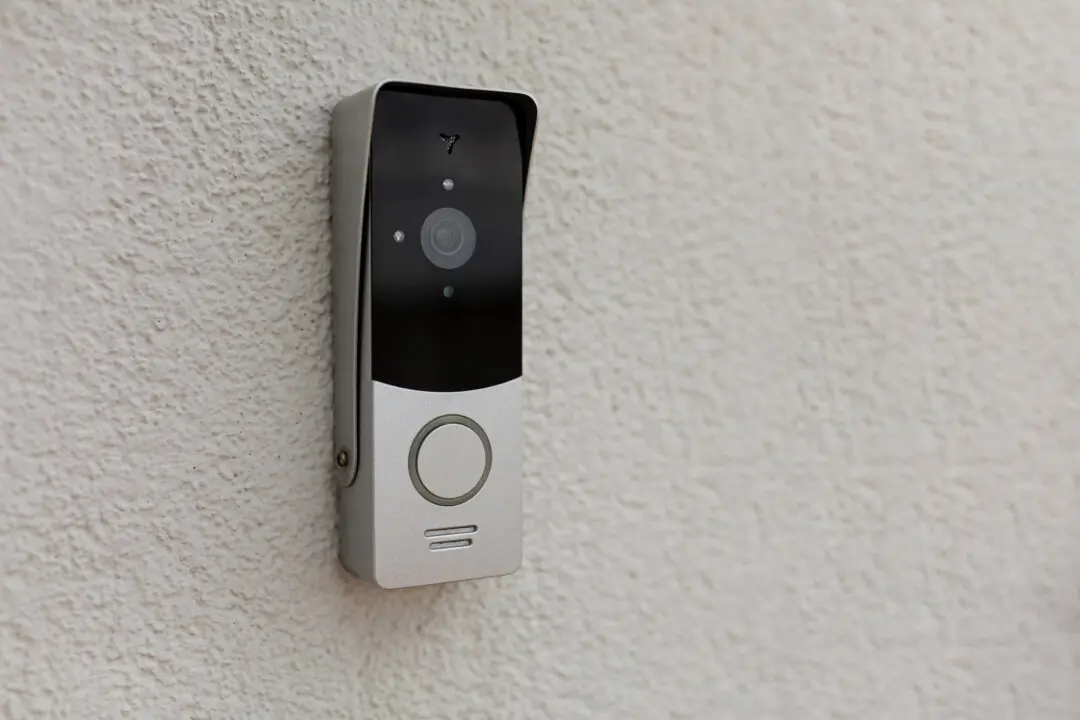Seattle—Where to see the whales is one of the first questions tourists ask about Seattle.
They’re curious for good reason. The Salish Sea, the inland marine waters of Washington and British Columbia, consistently consistently lands on lists of top U.S. whale-watching destinations and last year was a record-breaking one for sightings—Bigg’s killer whales and humpbacks were each spotted on more than 270 days of 2022, according to the Pacific Whale Watch Association.
While the San Juan Islands are known as Washington’s whale central, over the course of the year, orcas, humpbacks, minke and gray whales pass through Puget Sound where Seattleites can glimpse them without straying far.
The quintessential Emerald City experience comes with environmental and conservation concerns, though. Perhaps the most urgent is protecting endangered southern resident killer whales, of which there are just 73 left, based on a census taken last year. Boat presence and noise can impact whales’ ability to hunt, forage and communicate.
“Everyone wants their five minutes with a whale,” said Donna Sandstrom, founder and director of the nonprofit The Whale Trail. “The experience of watching a whale takes people’s breath away, no matter how old they are, where they come from, what their backgrounds are.”
But how can you pursue that breathless moment without disrupting the creatures you came to appreciate? Here’s how a local scientist, a whale conservation advocate and PWWA’s director recommend catching sight of these awe-inspiring beings.






